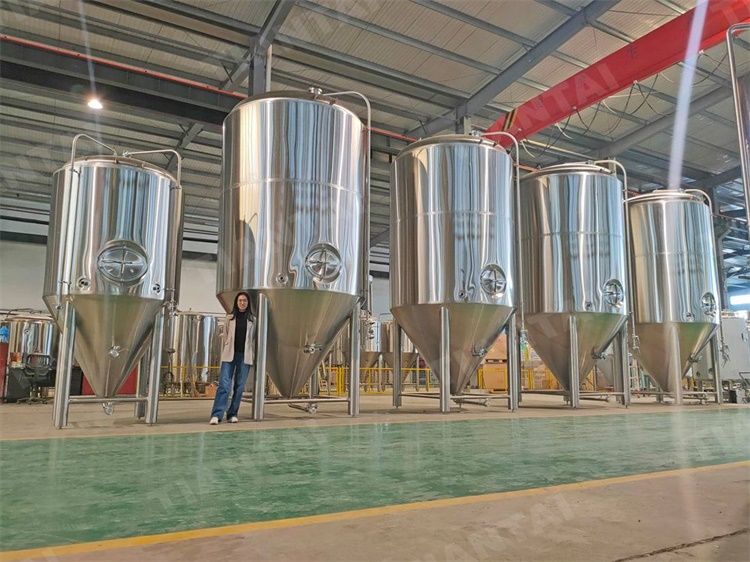.jpg)
Here are the general steps to design a CIP system for a brewery:
Define your cleaning objectives:
Identify the specific equipment and vessels that need cleaning, such as fermentation tanks, brewing kettles, heat exchangers, and piping systems.
Determine the cleaning chemicals and sanitizers you will use, and understand the required concentration and contact time.
Select the CIP method:
Decide whether you will use a manual CIP system, automated CIP system, or a combination of both.
Manual CIP may involve disassembling and cleaning components by hand, while automated systems use pumps, valves, and dedicated CIP lines to clean equipment in place.
Create a CIP plan:
Develop a detailed CIP plan for each piece of equipment and vessel, specifying the sequence of cleaning steps, including pre-rinse, detergent wash, acid rinse, and sanitization.
Determine the flow rates, temperatures, and chemical concentrations required for each cleaning step.
Choose CIP equipment:
Select the appropriate CIP equipment, including tanks, pumps, heat exchangers, valves, and spray balls, depending on the size and layout of your brewery.
Ensure that the CIP equipment is compatible with the cleaning agents you plan to use.
Design the CIP system layout:
Determine the location and arrangement of CIP supply tanks, distribution headers, and return lines.
Ensure that the CIP system is designed to reach all areas of the equipment to be cleaned effectively.
Install the CIP system:
Install the CIP equipment and piping in accordance with your design and local regulations.
Verify that all connections are secure and properly sealed.
Develop CIP Standard Operating Procedures (SOPs):
Create detailed SOPs for CIP operations, including step-by-step instructions for setting up, running, and monitoring the CIP process.
Train brewery staff on the proper use and maintenance of the CIP system.
Monitor and validate the CIP process:
Implement a system for regularly testing and monitoring the effectiveness of the CIP process, such as swab testing for microbial residues.
Make adjustments to the CIP system and procedures as needed to ensure thorough cleaning and sanitization.
Maintain and clean the CIP system:
Regularly clean and maintain the CIP equipment to prevent clogs and ensure reliable performance.
Keep an eye on the condition of hoses, gaskets, and seals, and replace them as needed.
Recordkeeping and documentation:
Maintain detailed records of CIP operations, including cleaning dates, chemical concentrations, and any issues encountered.
Keep documentation in accordance with regulatory requirements.
It's essential to tailor your CIP system to the specific needs and scale of your brewery, taking into account the equipment and processes you use. Regular maintenance and validation are crucial to ensuring the effectiveness of your CIP system in maintaining the highest standards of cleanliness and quality in your brewery.
Thank you very much for your reading.
Edited by Helen
Sales manager
Email: [email protected]




.jpg)

Get In Touch